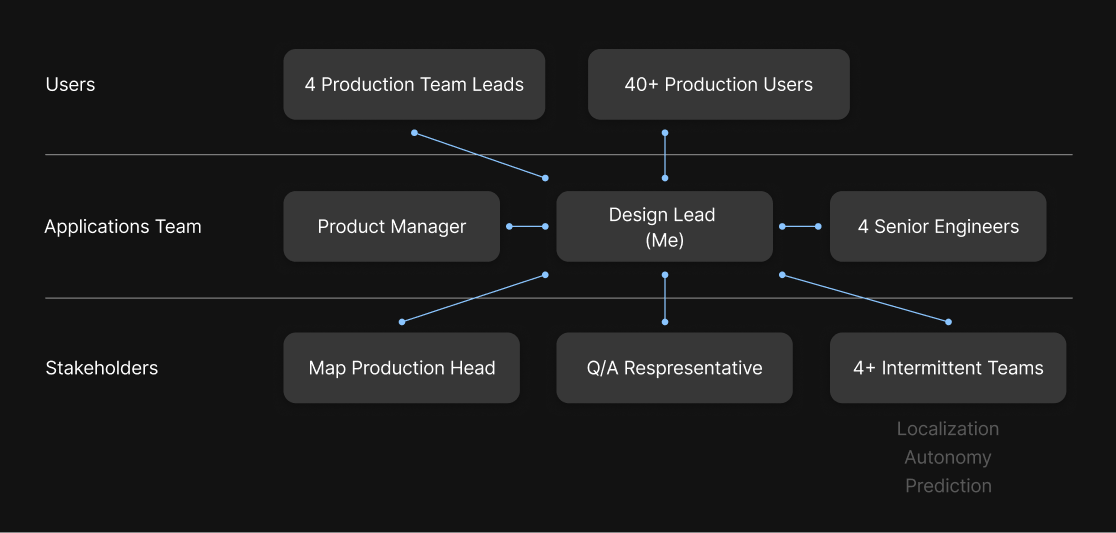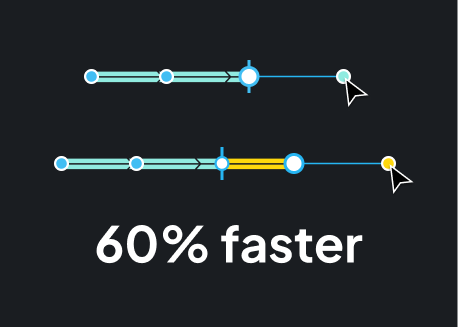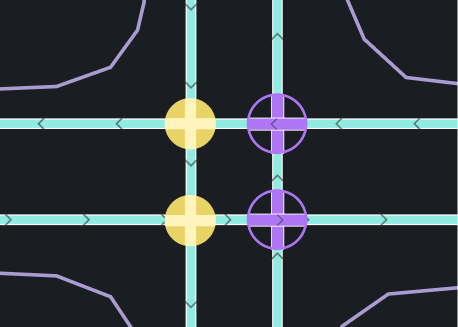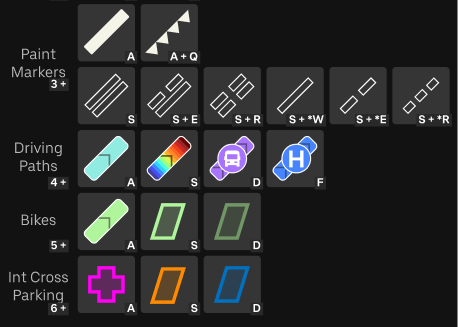Uber ATG's Map Maker was an internal tool to create maps the autonomous vehicles used to navigate live.
Map Maker allowed our production team to take data that our self-driving cars collected - road scans and images - and create real world annotated maps that the cars would use to navigate autonomously live. Everything from stop signs, to traffic lights, to road paint, to road edges, to intersections, and more had to be manually annotated and drawn in Map Maker.
I was initially hired to get a critical team back on track after their designer had left the team. Months behind schedule and deadlines, I worked closely with the PM to quickly to unblock developers. Once ahead of schedule, I led research and design to improve the product and expand its functionality.
My Role
Sole design lead, focused on user efficiency, keeping ahead of engineering, and business alignment.
I led end-to-end research and design, across varying problem ambiguity and scope.
-
Rescue & Delivery: Hired to get a critical team back on track after losing their designer; unblocked engineers and stabilized delivery timelines.
-
Product & Design Strategy: Defined design direction for Map Maker features and workflows critical to map production, preparing for significantly scaling user base.
-
Research & Validation: Worked closely with 40+ users, observing workflows and validating design ideas in prepared research exercises or on the fly.
-
Cross-functional Leadership: Partnered closely with PM and 4 senior engineers, translating goals into implementable specs.
-
Business Alignment: Set up recurring design reviews with stakeholders to ensure consistent alignment.
-
Systems Thinking: Designed workflows and visualizations that scaled across use cases.
These responsibilities provided a great experience. I translated ambiguous challenges into clear workflows, aligning business, engineering, and user needs to deliver measurable efficiency gains.

COLLABORATION DIAGRAM
Collaboration
My collaboration style with stakeholders and users consisted of fast short design and feedback cycles to ensure close alignment.
This short feedback loop was critical to my team's success, as requirements from the numerous teams that consumed our product's output would change often. I created multiple feedback mechanisms to ensure consistent alignment.
I worked extremely closely with users.
Our users were in very close proximity to my desk, which allowed me to discuss design and solicit feedback on the fly. This allowed a scrappy and fast iteration style to validate potential ideas quickly.

USERS PARTICIPATING IN APPLICATION LEVEL ASSESSMENT OF EXISTING ISSUES
I'd have weekly stakeholder reviews on prospetive designs.
At these reviews, I'd present the current research and design direction to solicit feedback and critique, allowing us to get ahead of any issues long before they could introduce technical debt.
My team would have monthly presentations to our entire user base
This helped us keep them up to date on development progress and new design options. Here we'd also solicit feedback and questions to ensure users were on the same page with our design direction.



